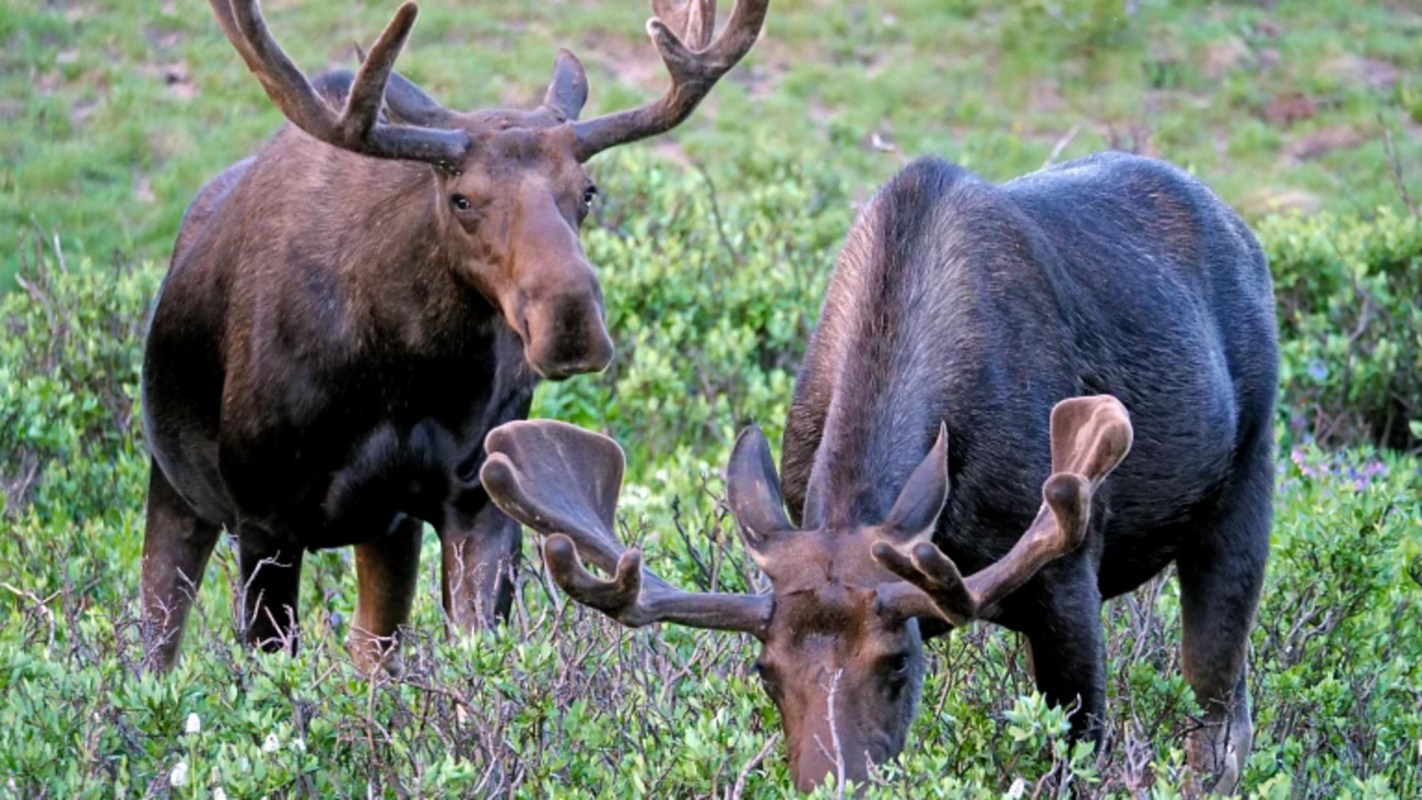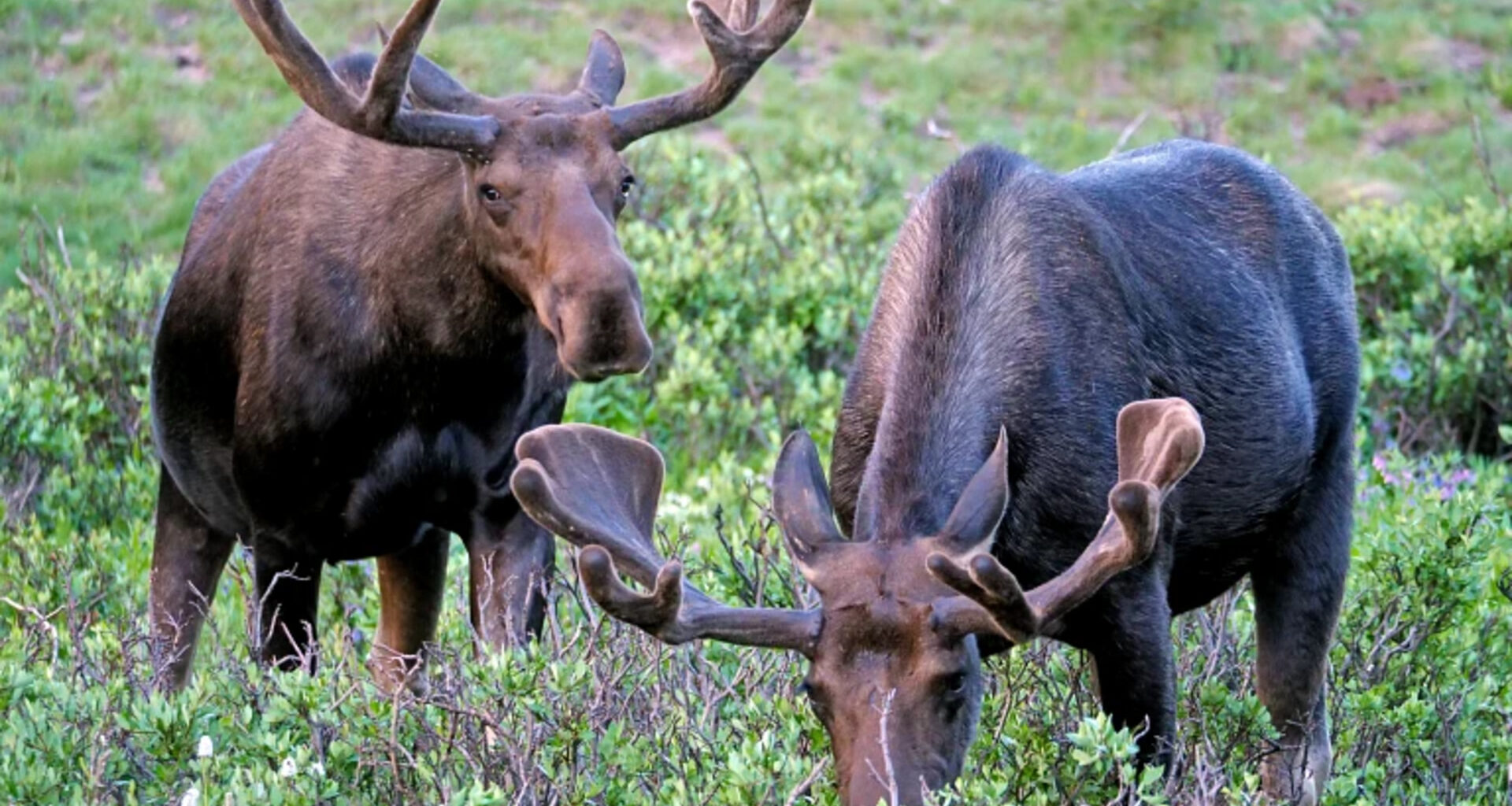
Photo Credit: Colorado Parks & Wildlife
A spate of incidents involving moose in Colorado has prompted state officials to release a warning for residents to keep their distance.
What’s happening?
As The Daily Sentinel reports, there were three moose attacks in the short three-day period from May 30 to June 1. Moose are not typically aggressive towards people, but they are susceptible to disturbances during calving season. All three incidents involved a cow moose protecting its young from a perceived threat.
In the first incident, two women were attacked but escaped serious injury after the moose was driven off by a neighbor. Unfortunately, the second attack was more serious, The Daily Sentinel reported. The moose was shot in self-defense, and, sadly, the calf was humanely euthanized by officials. In the last incident on June 1, a woman was hospitalized.
In response, per The Daily Sentinel, Colorado Parks and Wildlife warned residents to “Turn around or leave an area if a calf is spotted.” CPW also advised residents to stick to trails with good visibility and “make noise” when going through thick vegetation that could be hiding a moose calf.
Why are moose attacks a concern?
Since their reintroduction in 1978, CPW reports that the moose population has been a stable and growing presence in Colorado. While this is indicative of a successful program, it also means that more incidents could occur. Habitat loss, human population growth, and reduced resources may be partially responsible for the increase in conflicts between humans and wildlife.
Moose attacks on people are still a rare phenomenon, but their sheer size makes the damage they can do to a person considerable and, on rare occasions, fatal. They tip the scales at up to 1,000 pounds and can run faster than any human alive in short bursts. Because they favor thick vegetation, they’re not as easy to spot from a distance as their immense size would suggest, and off-leash dogs are a frequent cause of incidents, as the Colorado Sun reports.
What’s being done about moose attacks?
One proposed solution is to reintroduce wolves to Colorado to control the moose population. However, the measure was met with controversy when it was first tabled in 2020 and only narrowly succeeded at the ballot. The program has gotten off to a difficult start and could end with another ballot initiative in 2026, CPR News reported.
Rather than relying too much on wolves, another solution is to raise awareness and educate others about the issue to promote actions that will mitigate the risk. For example, the National Park Service strongly advises people to keep their distance from wildlife. Additionally, dogs should always be kept on leash outside of designated areas. Small considerations for nature can go a long way to preventing injury and conflict.
By protecting our environment and conserving natural habitats for wildlife, we can keep our communities safer and promote thriving ecosystems.
Join our free newsletter for good news and useful tips, and don’t miss this cool list of easy ways to help yourself while helping the planet.
